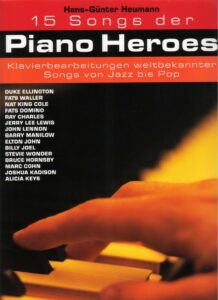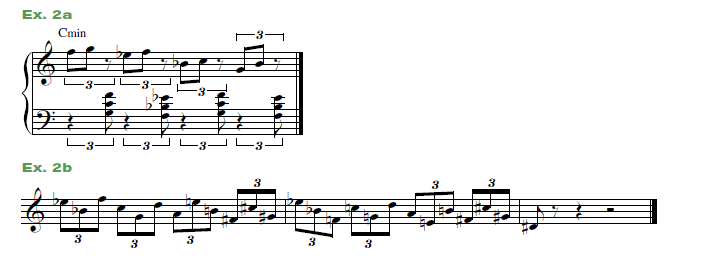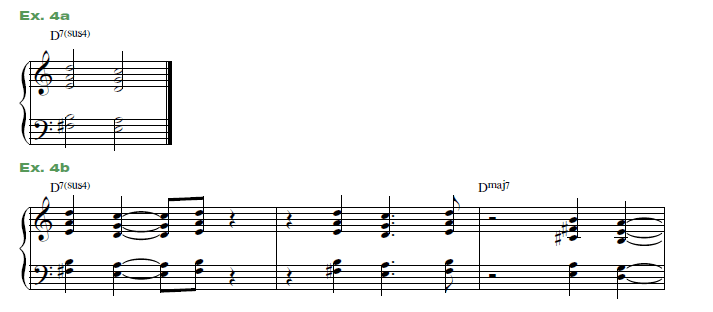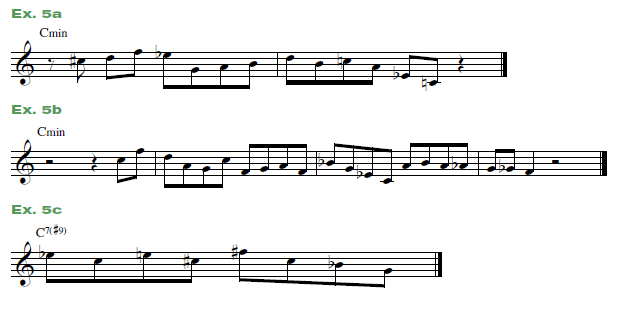Come join us now, and enjoy playing your beloved music and browse through great scores of every level and styles!
Can’t find the songbook you’re looking for? Please, email us at: sheetmusiclibrarypdf@gmail.com We’d like to help you!
Table of Contents
How to play like Kenny Kirkland
Kenny Kirkland was a true keyboard phenomenon. From his
post-bop piano proddings with trumpeter Wynton Marsalis, to his famed, genre-defying keyboard work with Sting and his own small groups, Kirkland’s singular sound changed the landscape of modern music. The collective keyboard community was shocked and saddened by his untimely passing in 1998 at the age of 44.
Kenny Kirkland was truly one of my piano heroes. Hearing his unique harmonic and rhythmic vocabulary on Wynton Marsalis’
seminal album Black Codes from the Underground was a revelation for me. His playing had historical and technical depth, but also a tremendous wellspring of invention and funkiness to it. Listen closely to Kirkland in action and you’ll hear everything from Bud Powell to Bela Bartok to James Brown. Let’s look into the rhythmic and harmonic hallmarks of Kenny Kirkland’s playing.

1. Swing
Kirkland, like most of my favorite jazz pianists, has a unique way of swinging his eighth-notes. My theory is that there’s always an
implied triplet feel in his playing, even when he plays only eighth- or quarter-notes. Also, some of the eighth-notes are almost ghosted, i.e., more felt than heard. The best way to capture this kind of swing feel is to listen and try to internalize it. A tune like Kirkland’s own “Steepian Faith” has passages similar to this example that illustrate his buoyant phrasing.

Best Sheet Music download from our Library.
2. Triplet Feel
Kirkland might play something like Ex. 2a, where he plays two triplet eighth-notes in the right hand, and the chord on the third triplet in the left. He might do this diatonically, pentatonially, or even more chromatically in nature to build tension. Ex. 2b is a Kirkland-esque fourth pattern that resembles something you might normally hear a saxophonist or other horn soloist play.

3. Harmony
Please, subscribe to our Library.
If you are already a subscriber, please, check our NEW SCORES’ page every month for new sheet music. THANK YOU!
If you saw my “5 Ways To Play Like McCoy Tyner” lesson in the June ’10 issue, you’ll remember that voicings in fourths are a common sound in the modern jazz piano language. But Kirkland uses them surprisingly—while Tyner might play a voicing with a tritone and a perfect fourth (with the fourth on top), Kirkland will invert it and put the tritone on top (Ex. 3a). He also might keep the top note constant and move the inner voices (Ex. 3b). Kirkland also might play polychords as in Ex. 3c, where the F#/E could be played over an EMaj7#11 or an E7#11. The Edim7/Fdim7 could be used, believe it or not, over a G7 chord. This harmony is derived from the G diminished scale: G, Ab, Bb, B, Db, D, E, and F.

4. Comping
Again, whether he was comping for Wynton Marsalis, Michael Brecker, or Sting, Kirkland had an outstanding rhythmic feel. Ex. 4a is typical of Kirkland’s comping with someone like saxophonist Branford Marsalis. Often times, he alternates between two fourth voicings on the same chord. Ex. 4b shows how he might play those voicings polyrhythmically to create tension—a Kirkland trademark.

5. Signature Phrases
Every musician has their own signature phrases which makes their sound identifiable, and Kirkland is no exception. Ex. 5a is a typical Kirkland phrase with a bebop shape to it. Ex. 5b has a mixture of pentatonic, bebop, and chromaticism. Ex. 5c uses that diminished scale again. This is a good one to work through all keys, and to sequence in minor thirds.

Kenny Garrett Quartet feat. Kenny Kirkland Jazz Baltica
0:00 – 2 Down & 1 Across 8:55 – Giant Steps 22:37 – Brother “B” Harper 36:06 – Before It’s Time to Say Goodbye 41:37 – Sing a Song of Song 52:45 – Wayne’s Thang
Kenny Garrett 4tet Kenny Garrett (as), Kenny Kirkland (p), Nat Reeves (b), Jeff “Tain” Watts (dr) Live at Jazzbaltica 1997
